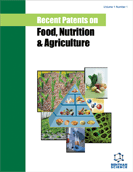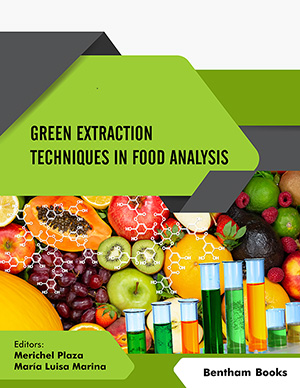Abstract
The prevalence of allergic diseases has importantly increased in the last years in some parts of the world. The related causes are poorly known. However, it is thought to be associated to a complex interaction of genetic and environmental factors. There’s some epidemiological evidence that the reduction in omega-3 long chain polyunsaturated fatty acids (ω-3 LC-PUFAS) intakes with the increased allergy prevalence. At this time, there’s not enough evidence to recommend ω-3 LC-PUFAS supplementation, neither in the pregnant mother, nor in the breastfeeding mother, in order to prevent allergic disease development in high risk population (primary prevention). However, current studies are too heterogeneous and consider only ω-3 LC-PUFAS intake at lower doses. We need to develop more studies with high dose of ω-3 LC-PUFAS to elucidate that issue. Similarly, there are no conclusive data about the prevention of allergy development in high risk infants feeding with ω-3 LCPUFAS supplementation. ω-3 LC-PUFAS consumption may reduce the use of anti-inflammatory drugs in the treatment of asthma, probably because both of them exert their effects, almost in part, through the same molecular actions. There may be a role of lipid mediators derived from ω-3 LC-PUFAS metabolism (lipoxins and resolvins) in the resolution of allergic asthma inflammation. Hence, synergy between ω-3 LC-PUFAS and drugs may take place and represent an adjunctive therapy in asthma (secondary prevention). Placebo-controlled studies with highquality methodology design are required so as to draw better conclusions, especially with the employment of ω-3 LC-PUFAS at high doses (2-4 grams per day).



















